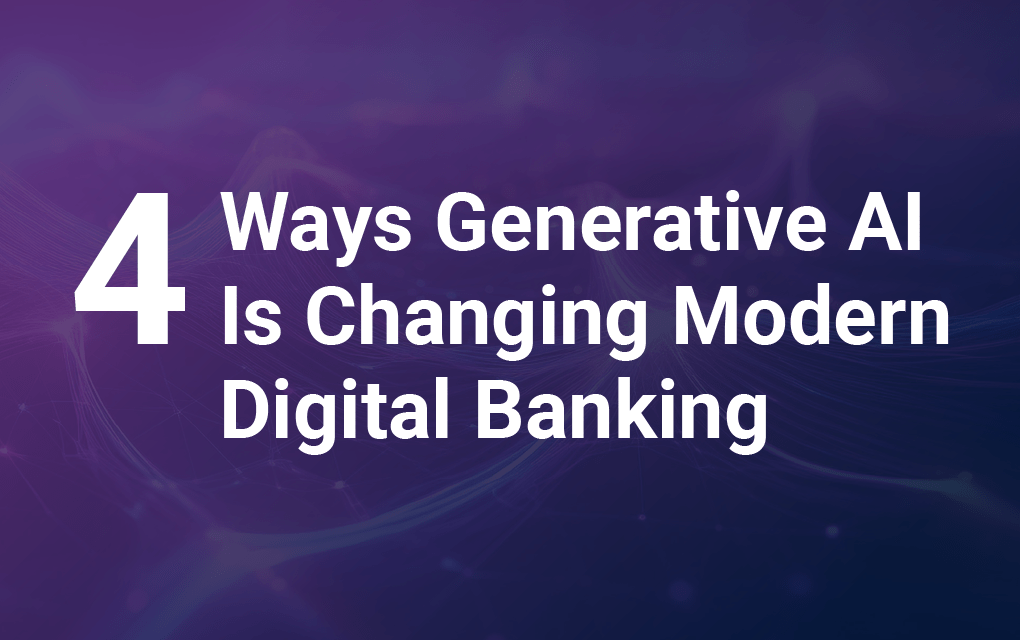Ensuring Uninterrupted Service: The Importance of Live-Live Cloud Redundancy in Digital Banking
In the world of online banking, cloud computing has become the backbone of modern financial services. It offers high scalability and efficiency, enabling financial institutions to deliver seamless experiences to their account holders.
However, recent events have highlighted the vulnerabilities inherent in relying on a single cloud provider. For financial institutions, which handle sensitive financial data and transactions, cloud redundancy is not just a nice to have; it is a strategic priority. Let's see why.
Guarantee Uninterrupted Service With Cloud Redundancy
As the term suggests, cloud redundancy means duplicating compute and data across multiple cloud infrastructures, enabling immediate retrieval or access if your primary cloud service is compromised.
Unlike traditional server hosting, cross-cloud infrastructure allows for protection against disruptive events through various redundancy techniques. Cloud customers benefit most from a global cloud infrastructure network with multiple data centers across different geographical areas and direct connections for real-time connectivity, backup, and redundancy.
While most cloud service providers require manual intervention if a physical server fails, organizations need a provider offering redundancy and high availability in every component of the infrastructure, including servers and storage, with centralized rather than local storage. This ensures continuity without interference, even if a physical server goes down, thanks to automated fixes.
A fully redundant cloud infrastructure guarantees 99.99% uptime. Redundancy across geographically dispersed data centers ensures that if one location fails, backup systems operate seamlessly, often without the end user noticing any downtime.
The Benefits of Cloud Redundancy
By partnering with vendors offering cloud redundancy, financial institutions can safeguard their operations and ensure uninterrupted service delivery.
In the fast-paced world of digital banking, where any downtime can significantly impact customer trust and operational efficiency, cloud redundancy becomes a critical component of a robust digital banking strategy.
Here's a closer look at the key benefits of cloud redundancy and why it should be a fundamental part of your approach to digital banking.
High Reliability and Uptime
Cloud redundancy ensures that financial institutions experience minimal downtime. This high level of reliability is critical for banking operations where continuous access to services is essential for account holder satisfaction and regulatory compliance.
Disaster Recovery
In the event of a disaster (for example a cyber-attack), cloud redundancy offers a robust disaster recovery solution. Data and applications replicated across multiple locations mean that your institution can quickly recover and resume operations from a backup environment, minimizing the impact and ensuring a continuation of service.
Better Scalability
Cloud redundancy supports performance optimization and scalability by balancing workloads across multiple environments. This setup allows for efficient handling of varying traffic levels. For financial institutions, this means faster transaction processing and a better user experience, even during peak times.
Regulatory Compliance
Financial institutions must adhere to strict regulatory requirements regarding data protection and sovereignty. Cloud redundancy helps meet these compliance standards by ensuring that data is stored and managed across specific geographic locations.
Strong Security Measures
Security is a top priority for financial institutions. With redundant systems in place, if one environment needs to be isolated, others remain unaffected, providing continuous protection for sensitive financial data.
Best Practice: Protect Clients With Live-Live Infrastructure
Live-live infrastructure is an advanced form of cloud redundancy that ensures both continuous availability and reliability by operating multiple systems in parallel.
This approach often spans different cloud providers or regions, allowing for a seamless experience even in the face of disruptions.
Unlike traditional setups where a backup system only activates during a failure, live-live infrastructure maintains all systems in an active state, processing requests and serving data simultaneously. This optimizes performance by distributing workloads across various environments, enhancing both response times and resource allocation.
The geographic distribution found in live-live setups further strengthens resilience. By leveraging multiple locations or cloud regions, these systems ensure that if one region encounters an issue, the others can continue functioning without interruption. Automatic failover mechanisms also play a critical role by redirecting traffic and workloads to other active systems in the event of a failure, minimizing downtime and preserving service continuity.
Conclusion
In conclusion, cloud redundancy, particularly live-live infrastructure, is a critical strategy for ensuring the stability of digital banking services.
By duplicating data across multiple cloud infrastructures, banks and credit unions can protect themselves and their account holders' data from disruptive events, maintaining a strong public perception and loyalty towards their institution.
This approach not only guarantees minimal downtime but also supports scalability and regulatory compliance. For financial institutions, adopting a strategy based on live-live cloud redundancy is an important step in achieving long-term success in the financial landscape.

Are you interested in offering a reliable and ultra-modern digital banking solution?
Our nFinia digital banking platform has virtually no downtime.
Tyfone's ultramodern architecture and infrastructure exemplify how live-live infrastructure can be effectively implemented to support financial institutions. This advanced approach not only bolsters reliability and performance but also aligns with the growing demand for robust, uninterrupted financial services.




